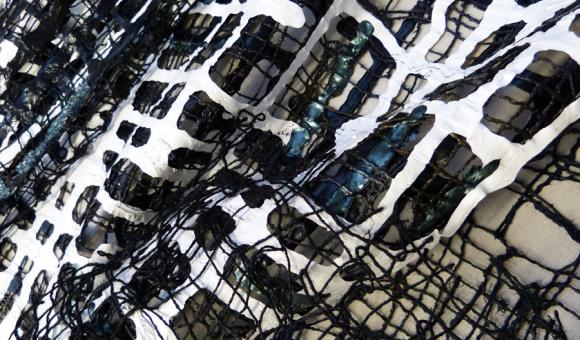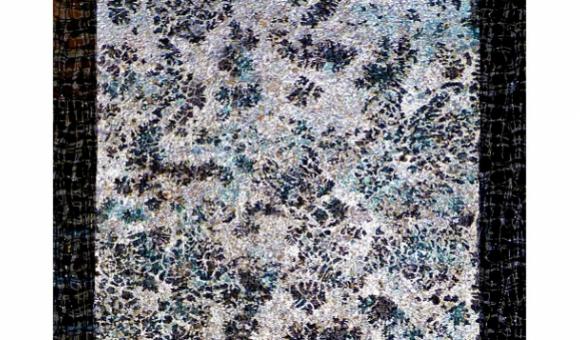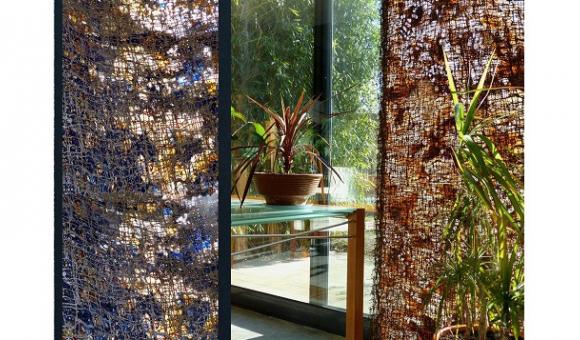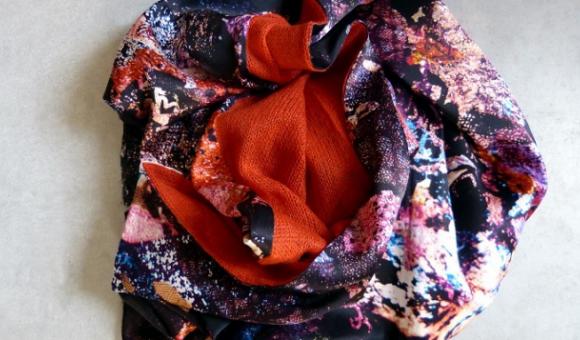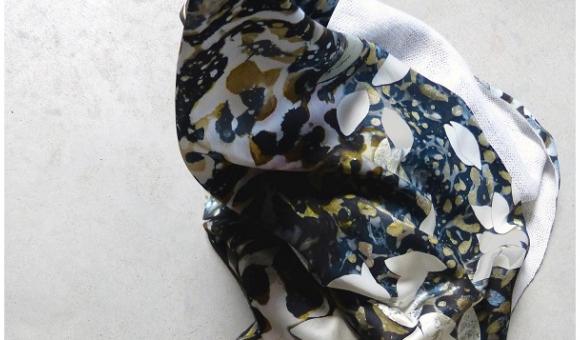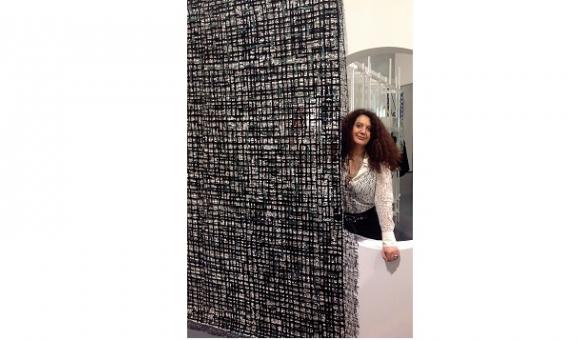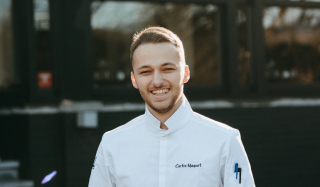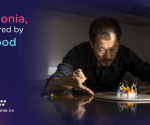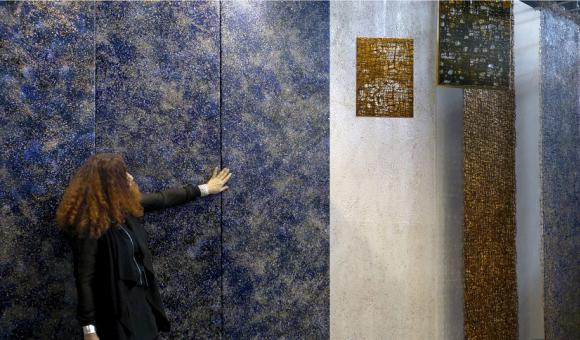
A meeting with Geneviève Levivier, founder of “A+Z Design”
Technical innovations applied to textiles, artisan work with noble materials and an environmentally responsible approach to design... Although little known to the general public, this very unique Belgian studio is about to embark on a new chapter in its history. We met with its founder, Geneviève Levivier.
How would you describe your career?
To reassure my parents - who didn’t really want me to study art - I initially chose an academic path. I then studied serigraphy in Cambre and took painting lessons at an academy for 11 years. But then, about 10 years ago, I decided to really concentrate on design. I immediately had the desire to innovate, both artistically and technologically. Research and development is really central to my approach.
Your project could seem a little abstract at first glance. And yet it opened doors for you with some major players in the fashion industry.
My first project - which involved reworking traditional Calais lace by adding polymers - led me to get in touch with some of the major brands in the luxury industry. One of them - perhaps the most famous - got back to me straight away. I ended up signing a confidentiality agreement with this company. We worked together for eight years. Every season, I offered them new materials that matched the themes of their collections. Always behind the scenes. That was part of the agreement. I also worked - less regularly - with Dior, Balenciaga and Alaïa...
You’ve moved away from this industry now. Why?
Fashion is very demanding. You work in the background, at an extremely fast pace. There’s no room for mistakes. As my products were very specific and nothing I produced had my name on it, I risked losing everything overnight and not being able to do anything about it. I wanted to reposition myself before it was too late. So, nine years after starting out, I decided to build a new business plan. When looking at how to change tack, I decided to make the most of the modern tapestries I had been able to present, outside my primary activity, at international exhibitions organized, amongst others, by Wallonie-Bruxelles Design Mode.
But you’ve still kept your connection to the fashion world. Do you have a preference between fashion and design?
Indeed, in 2016, I launched a collection of wool and cashmere scarves. I made some forty patterns overall. They were abstract interpretations of my work with materials and textures. In itself, this product fits in with my other projects as it draws on very precise technical research. To prevent the material dilating, I made sure the silk, in two-metre long lengths, had the same weight as the cashmere lining. And to get the best result, both sides were assembled by hand. I took me months to find someone able to carry out this work.
Despite your clear interest in this line of scarves, you decided to concentrate on design.
I just took part in the Paris Maison & Objet trade fair. It gave me the chance to present my products to influential people in the industry (designers, interior designers, etc.) and also to galleries, art centres and private individuals. At the moment, my translucent and opaque fabrics can be used as wall coverings or column wraps, in screens and in lots of other applications. We manage our projects as bespoke concepts, normally on site.
When you talk about your work, you can tell that your creativity and desire to innovate know no boundaries.
At the studio, we take particular care not only over the appearance of our products, but also over the quality of our textiles. Even more so as our technical research and design process is carried out internally. And for that part I also work very closely with my husband Pierre-Yves Herzé, a chemical engineer who, like me, is passionate about researching materials and colours. Right from the start of this adventure, I worked primarily on solvent-free, eco-friendly polymers. Our materials are also extremely flexible and are very pleasant to the touch.
Tell us about your new baby, Eggshell. It’s also based on a long process of research and development.
The starting point for this line was Expo 2015 in Milan. I was chosen from a call for proposals on the theme of recycling leftovers from the agri-food sector. Using recycled eggshells I designed a flexible and UV-resistant material. To get visitors’ attention, I presented it in the form of a huge, beautiful gown. This prototype caught the eye of the French Delegation who used it as a show piece in the French pavilion throughout the exhibition. I was particularly honoured by their surprising choice. When the Walloon Region gave me an innovation grant for this project, I realized I had a unique opportunity with the Eggshell to reposition myself outside the fashion world.
You like to play with people’s perceptions. For example, with the series of pouffes that you recently presented at the Maison & Object trade fair.
I purposefully play on illusions. I love it when you think you are looking at metal but actually it’s wool, or when you can’t tell the difference between a fabric and a polymer. The magic created by unfamiliar and surprising materials is sort of my signature. And it’s a signature I intend to use as much as possible this time.
By Marie Honnay
WBDM partners with TLmagazine to promote and showcase Belgian creativity and talent internationally. To find more articles on Belgian creativity, visit TL Magazine.
